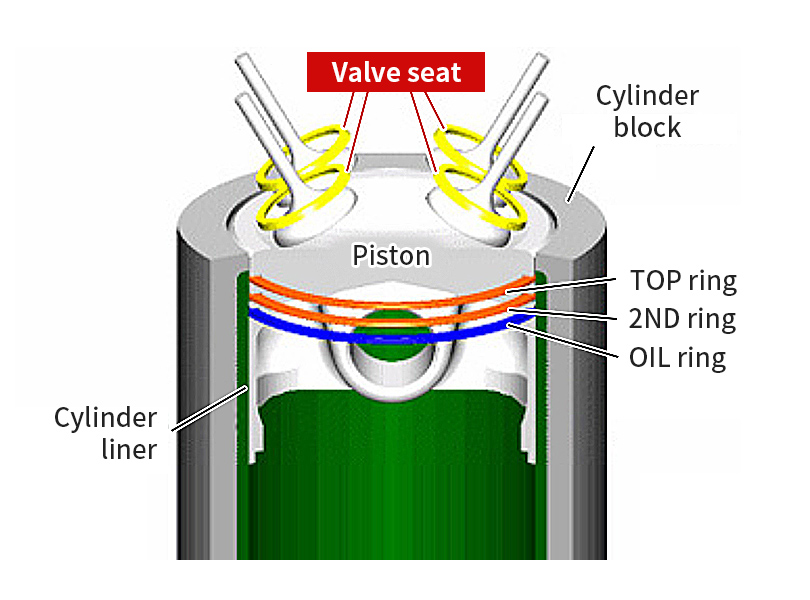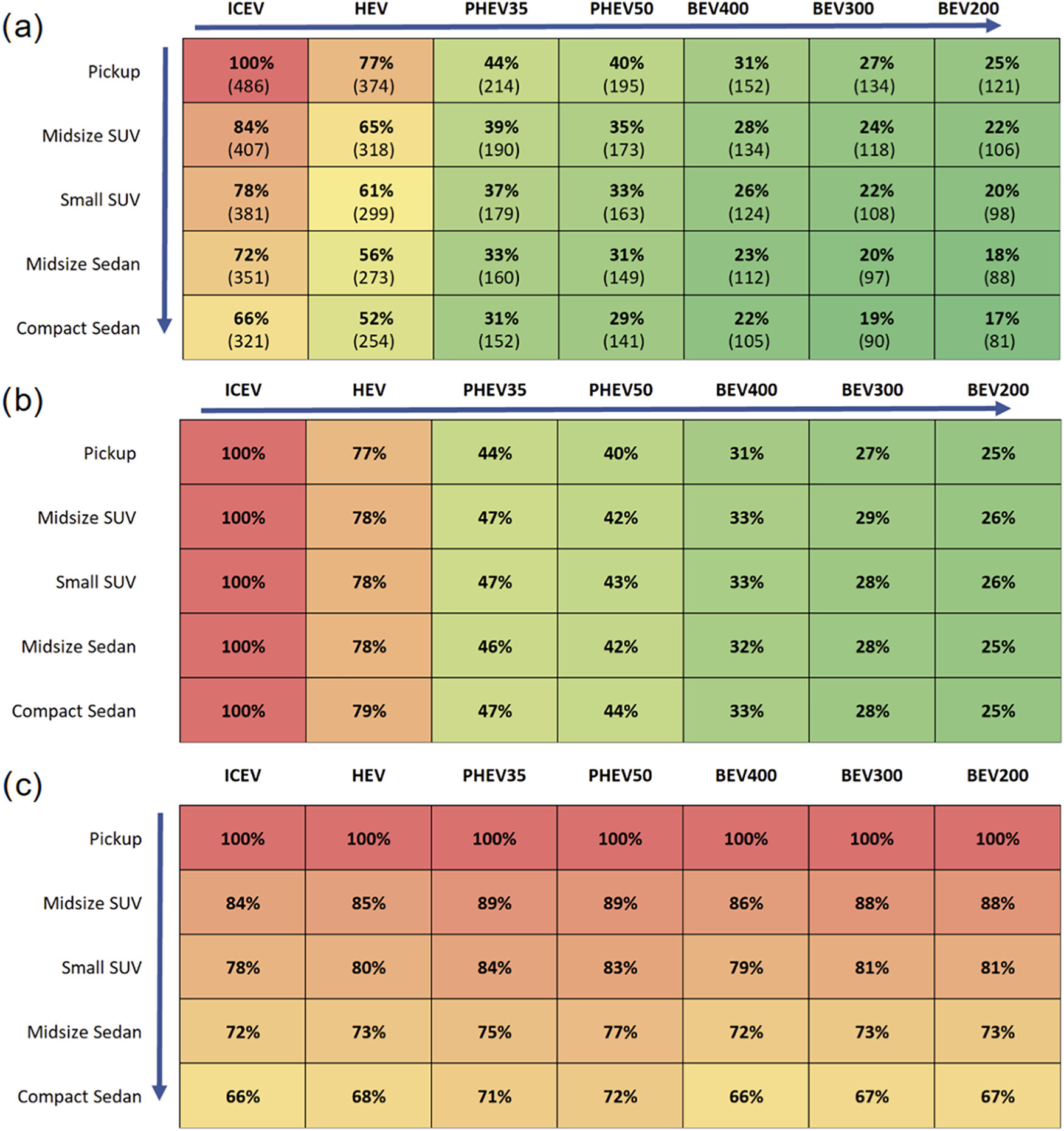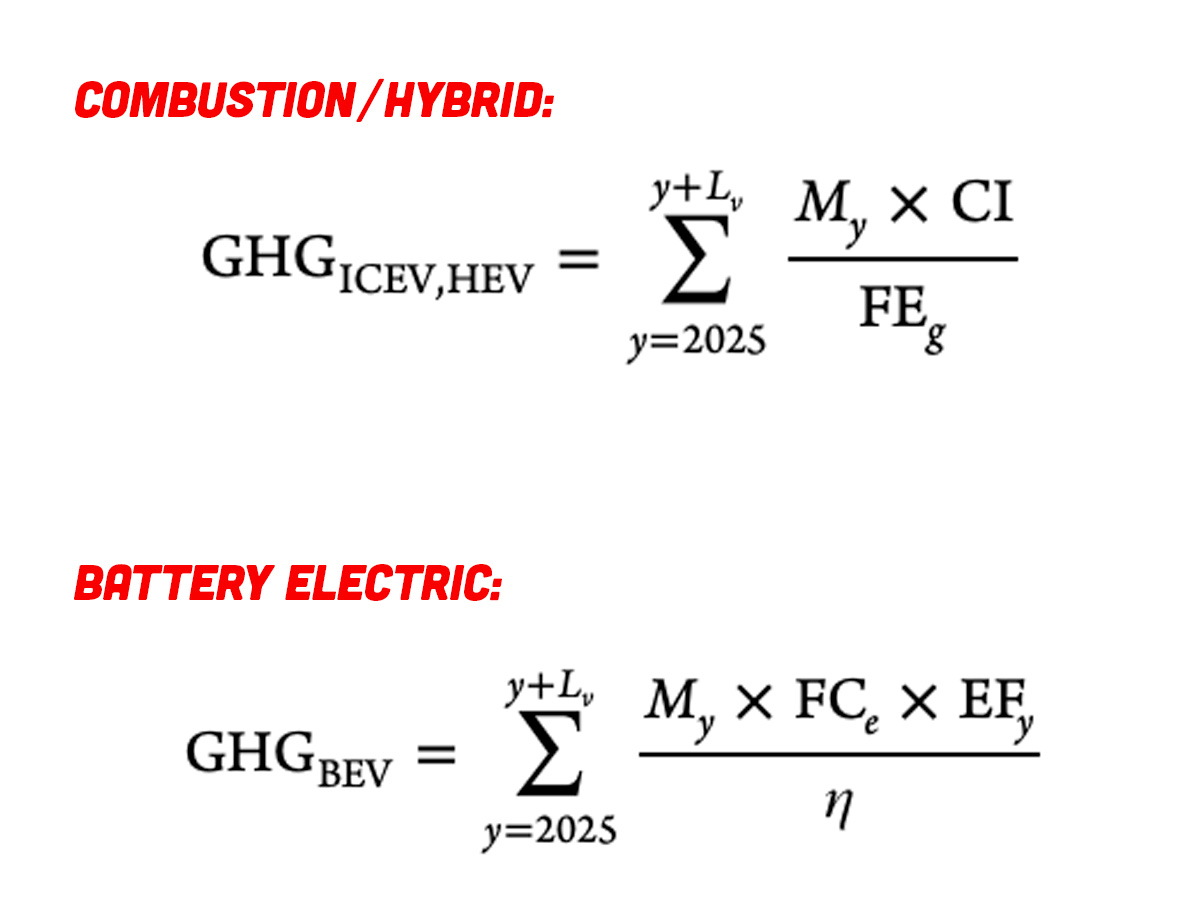Verizon lost an attempt to overturn a $46.9 million fine for selling customer location data without its users' consent. The US Court of Appeals for the 2nd Circuit rejected Verizon's challenge in a ruling issued today.
The Federal Communications Commission fined the three major carriers last year for violations revealed in 2018. The companies sued the FCC in three different courts, with varying results.
AT&T beat the FCC in the reliably conservative US Court of Appeals for the 5th Circuit, while T-Mobile lost in the District of Columbia Circuit. Although FCC Chairman Brendan Carr voted against the fine last year, when the commission had a Democratic majority, his FCC urged the courts to uphold the Biden-era decisions.
A ruling against the FCC could gut the agency's ability to issue financial penalties. The different rulings from different circuits raise the odds of the cases being taken up by the Supreme Court.
Today's 2nd Circuit ruling against Verizon was issued unanimously by a panel of three judges, and it comes to the same legal conclusions as the DC Circuit did in the T-Mobile case. The court did not accept the carrier's argument that the fine violated its Seventh Amendment right to a jury trial and that the location data wasn't protected under the law used by the FCC to issue the penalties.
"We disagree [with Verizon]," the 2nd Circuit ruling said. "The customer data at issue plainly qualifies as customer proprietary network information, triggering the Communication Act's privacy protections. And the forfeiture order both soundly imposed liability and remained within the strictures of the penalty cap. Nothing about the Commission's proceedings, moreover, transgressed the Seventh Amendment's jury trial guarantee. Indeed, Verizon had, and chose to forgo, the opportunity for a jury trial in federal court. Thus, we DENY Verizon's petition."
Verizon claimed law doesn’t cover device location data
Until 2019, Verizon "ran a 'location-based services' program that sold access to certain kinds of wireless customer location data," the ruling said. "As part of that program, Verizon contracted with 'location information aggregators,' which collected customer data and resold it to third-party location-based services providers. Verizon had arrangements with two aggregators, LocationSmart and Zumigo, which in turn contracted with 63 third-party entities."
Instead of providing notice to customers and obtaining or verifying customer consent itself, Verizon "largely delegated those functions via contract," the court said. This system and its shortcomings were revealed in 2018 when "the New York Times published an article reporting security breaches involving Verizon's (and other major carriers') location-based services program," the court said.
Securus Technologies, a provider of communications services to correctional facilities, "was misusing the program to enable law enforcement officers to access location data without customers' knowledge or consent, so long as the officers uploaded a warrant or some other legal authorization," the ruling said. A Missouri sheriff "was able to access customer data with no legal process at all" because Securus did not review the documents that law enforcement uploaded.
Verizon claimed that Section 222 of the Communications Act covers only call-location data, as opposed to device location data. The court disagreed, pointing to the law's text stating that customer proprietary network information includes data that is related to the location of a telecommunications service, and which is made available to the carrier "solely by virtue of the carrier-customer relationship."
"Device-location data comfortably satisfies both conditions," the court said.
Verizon chose to pay fine, giving up right to jury trial
As for Verizon's claim that the FCC violated its right to a jury trial, the court said that "Verizon could have gotten such a trial" if it had "declined to pay the forfeiture and preserved its opportunity for a de novo jury trial if the government sought to collect." Instead, Verizon chose to pay the fine "and seek immediate review in our Court."
By contrast, the 5th Circuit decision in AT&T's favor said the FCC "acted as prosecutor, jury, and judge," violating the right to a jury trial. The 5th Circuit said it was guided by the Supreme Court's June 2024 ruling in Securities and Exchange Commission v. Jarkesy, which held that "when the SEC seeks civil penalties against a defendant for securities fraud, the Seventh Amendment entitles the defendant to a jury trial."
The 2nd Circuit ruling said there are key differences between US telecom law and the securities laws considered in Jarkesy. It's because of those differences that Verizon had the option of declining to pay the penalty and preserving its right to a jury trial, the court said.
In the Jarkesy case, the problem "was that the SEC could 'siphon' its securities fraud claims away from Article III courts and compel payment without a jury trial," the 2nd Circuit panel said. "The FCC's forfeiture order, however, does not, by itself, compel payment. The government needs to initiate a collection action to do that. Against this backdrop, the agency's proceedings before a § 504(a) trial create no Seventh Amendment injury."
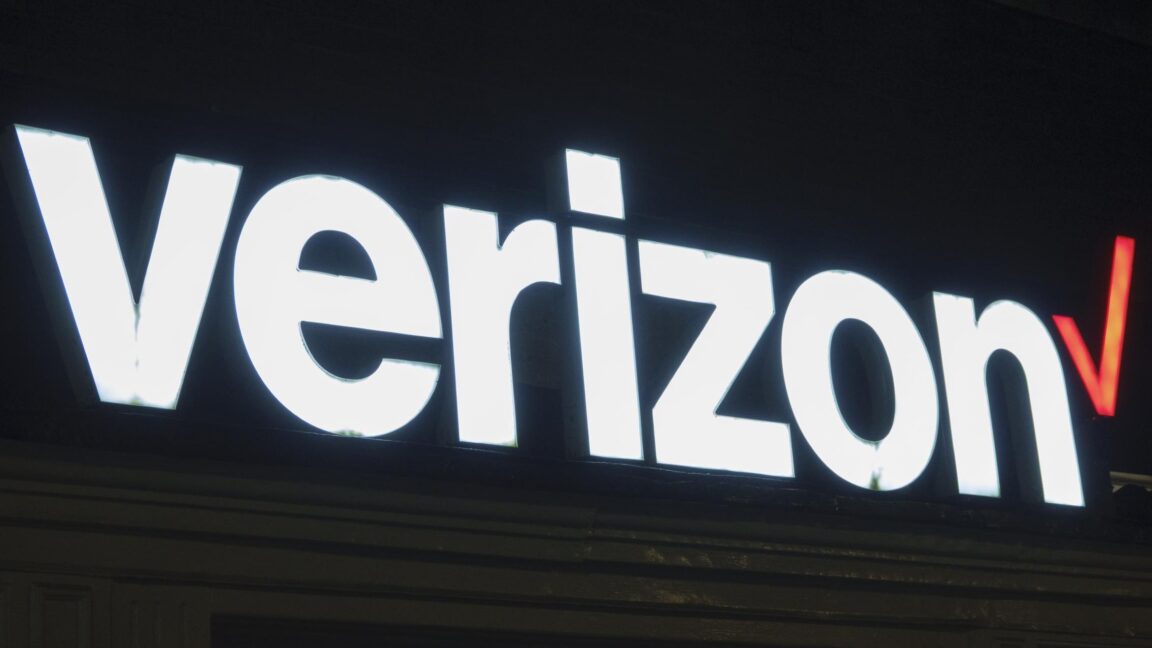
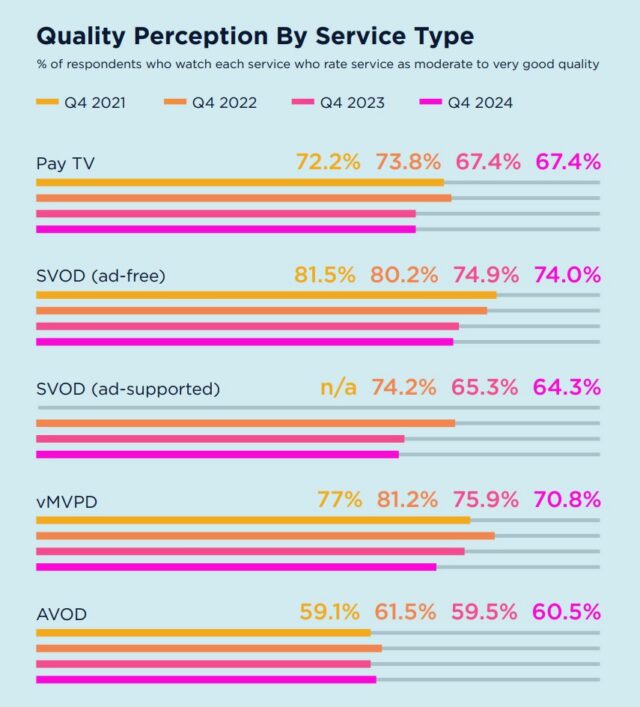 From TiVO's Q4 2024 Video Trends report.
Credit:
TiVo
From TiVO's Q4 2024 Video Trends report.
Credit:
TiVo


